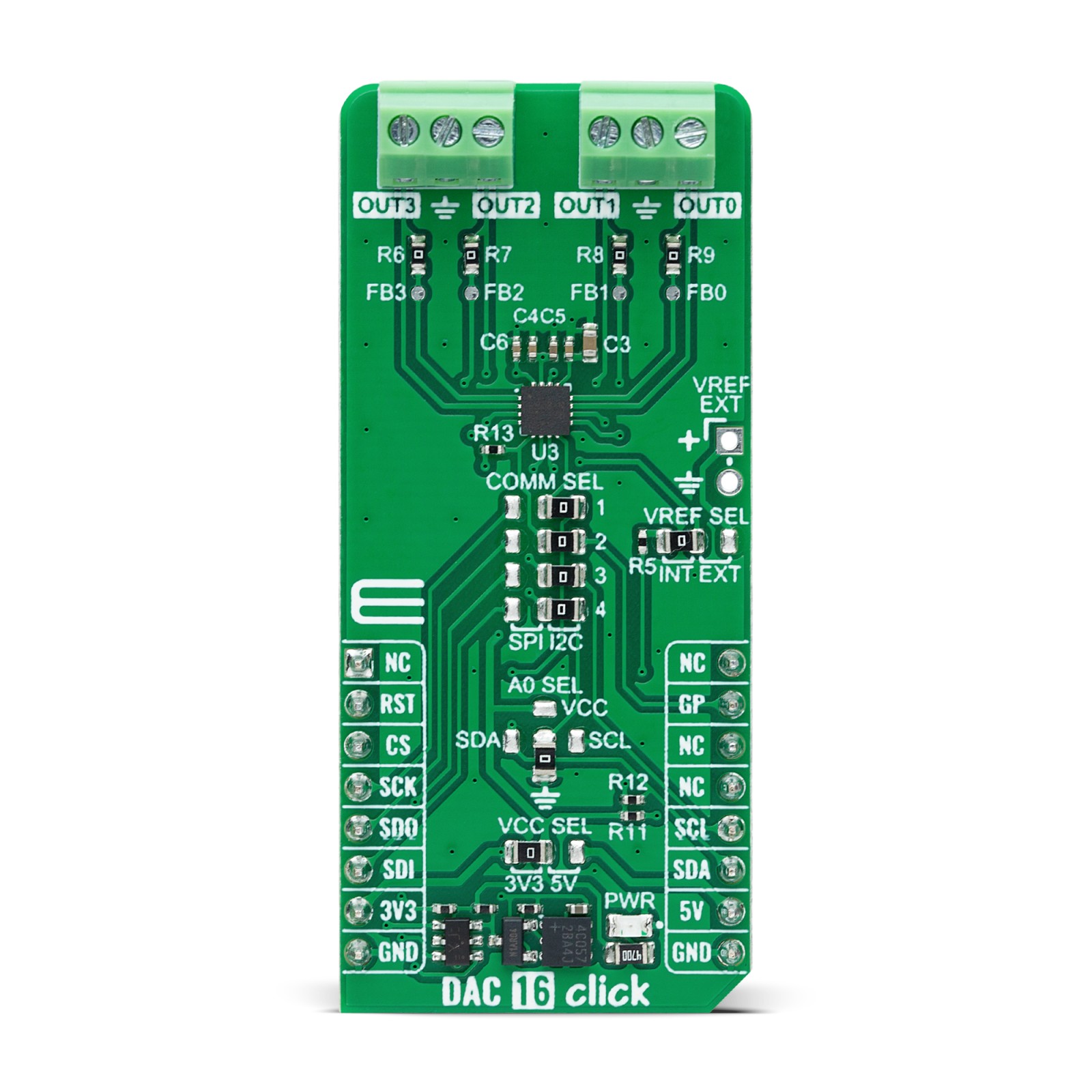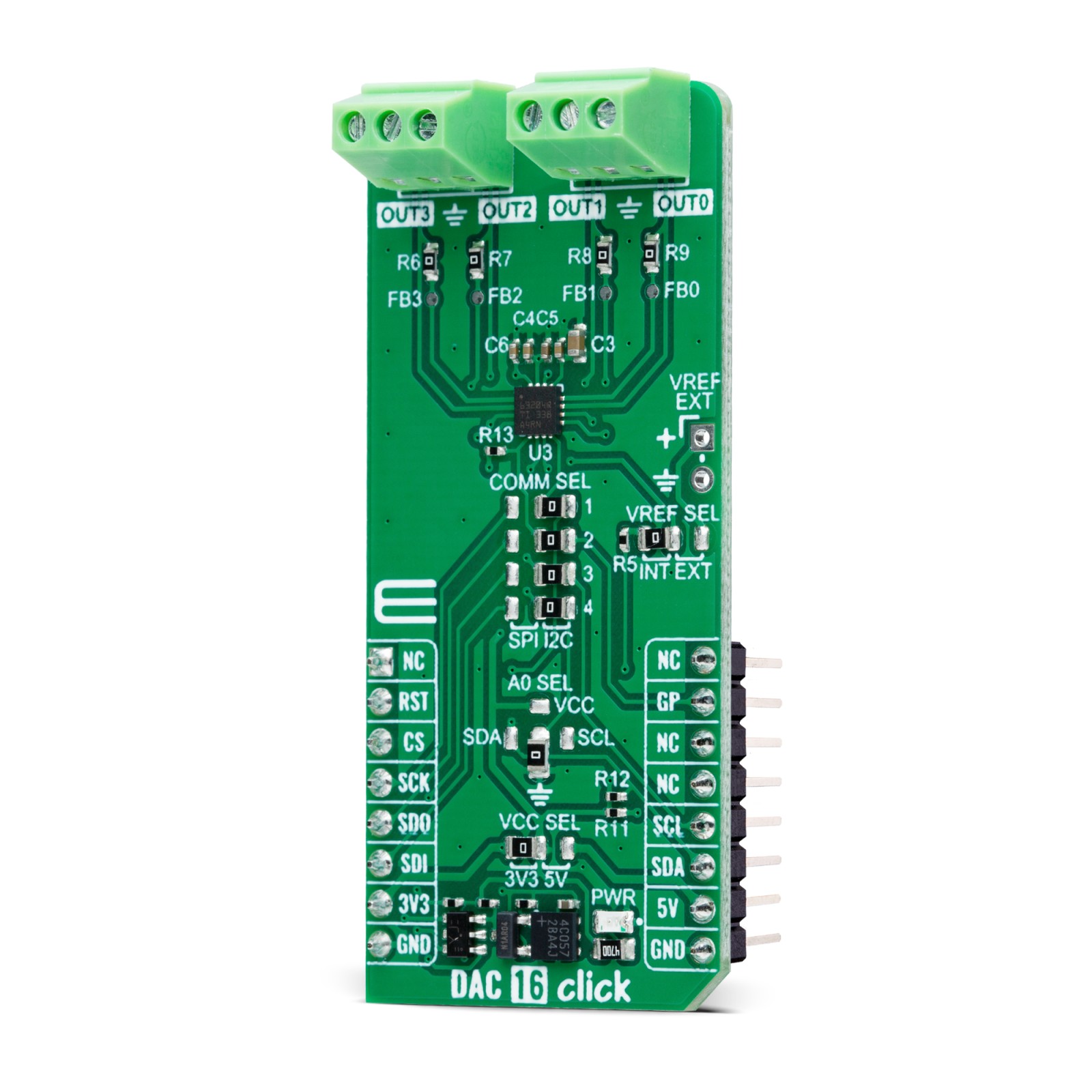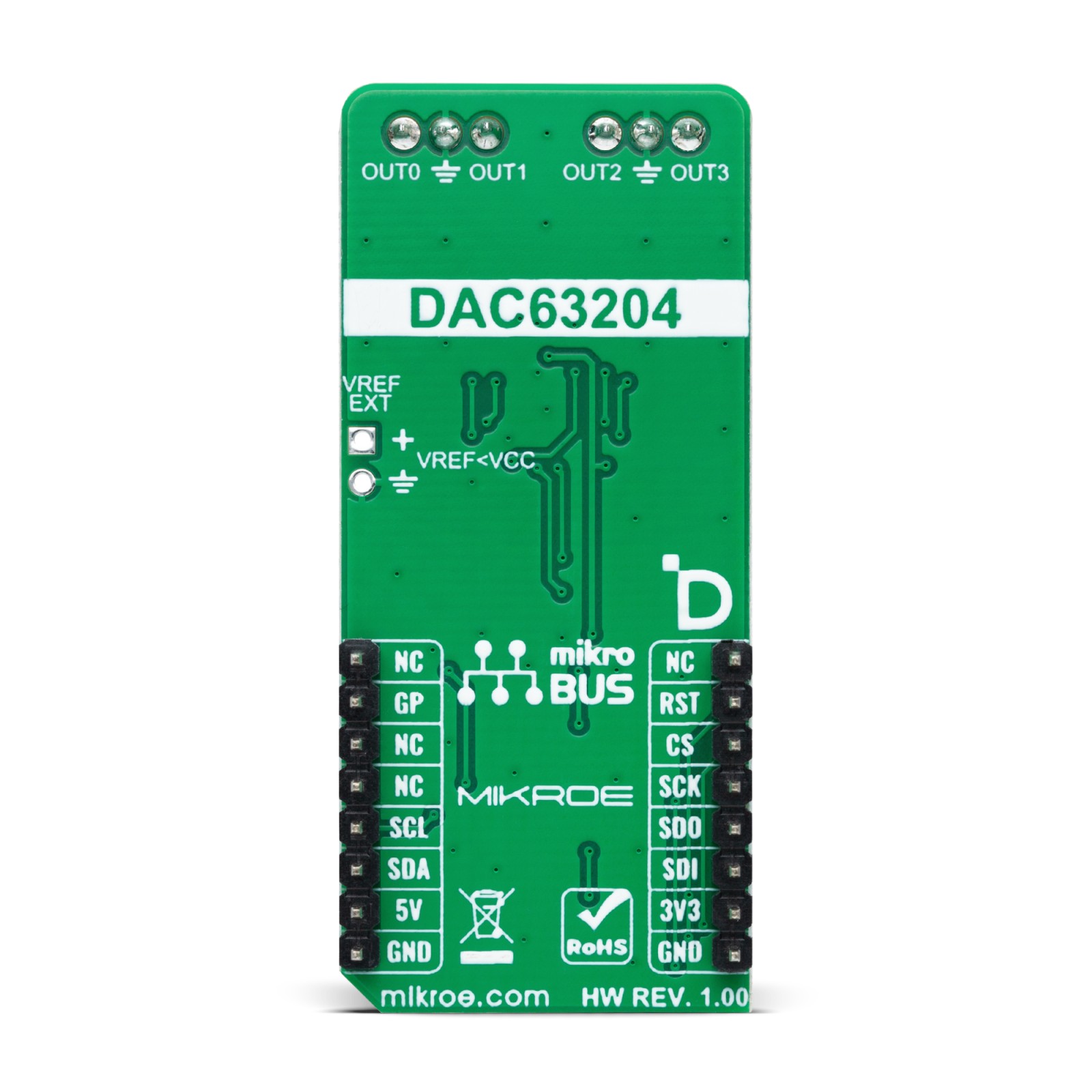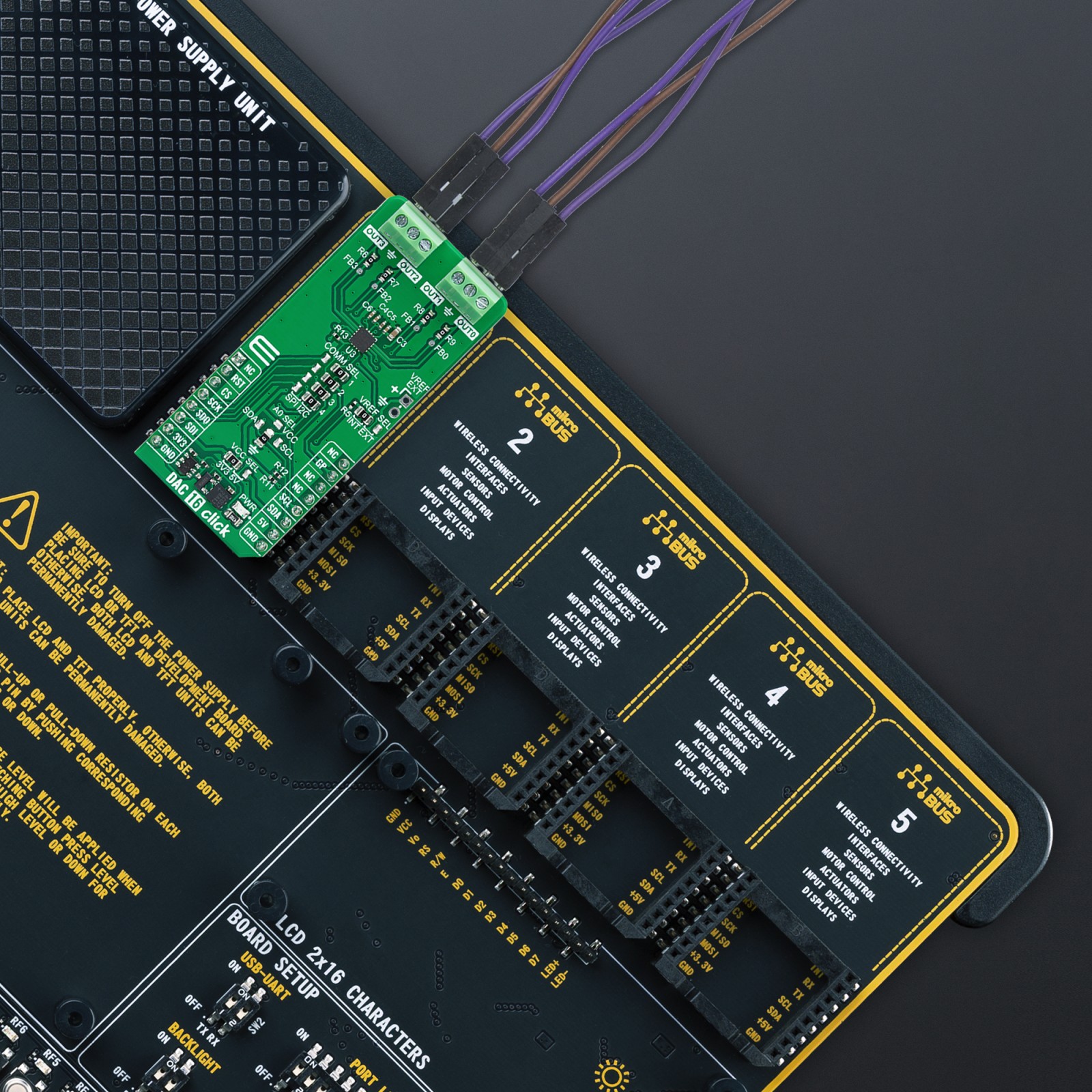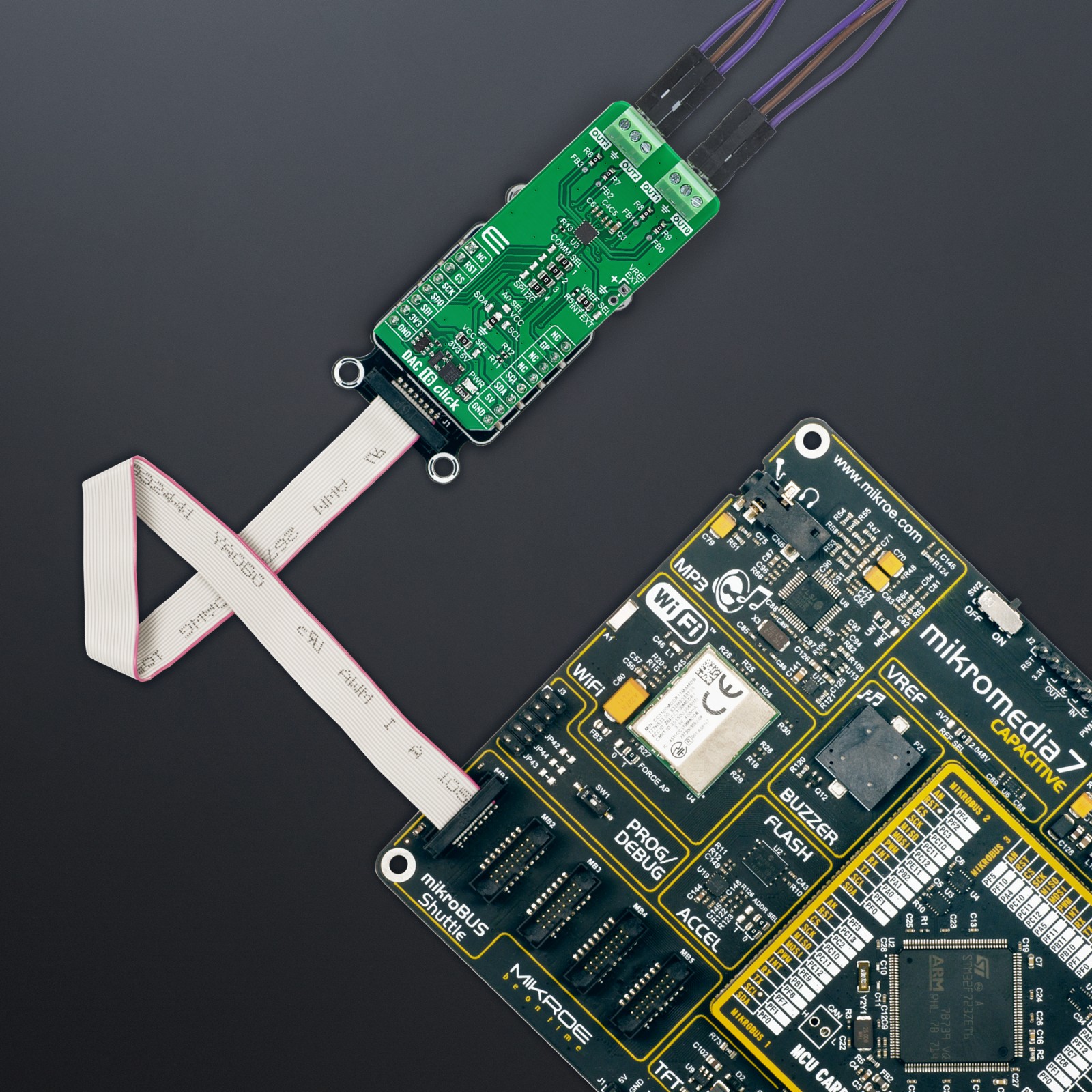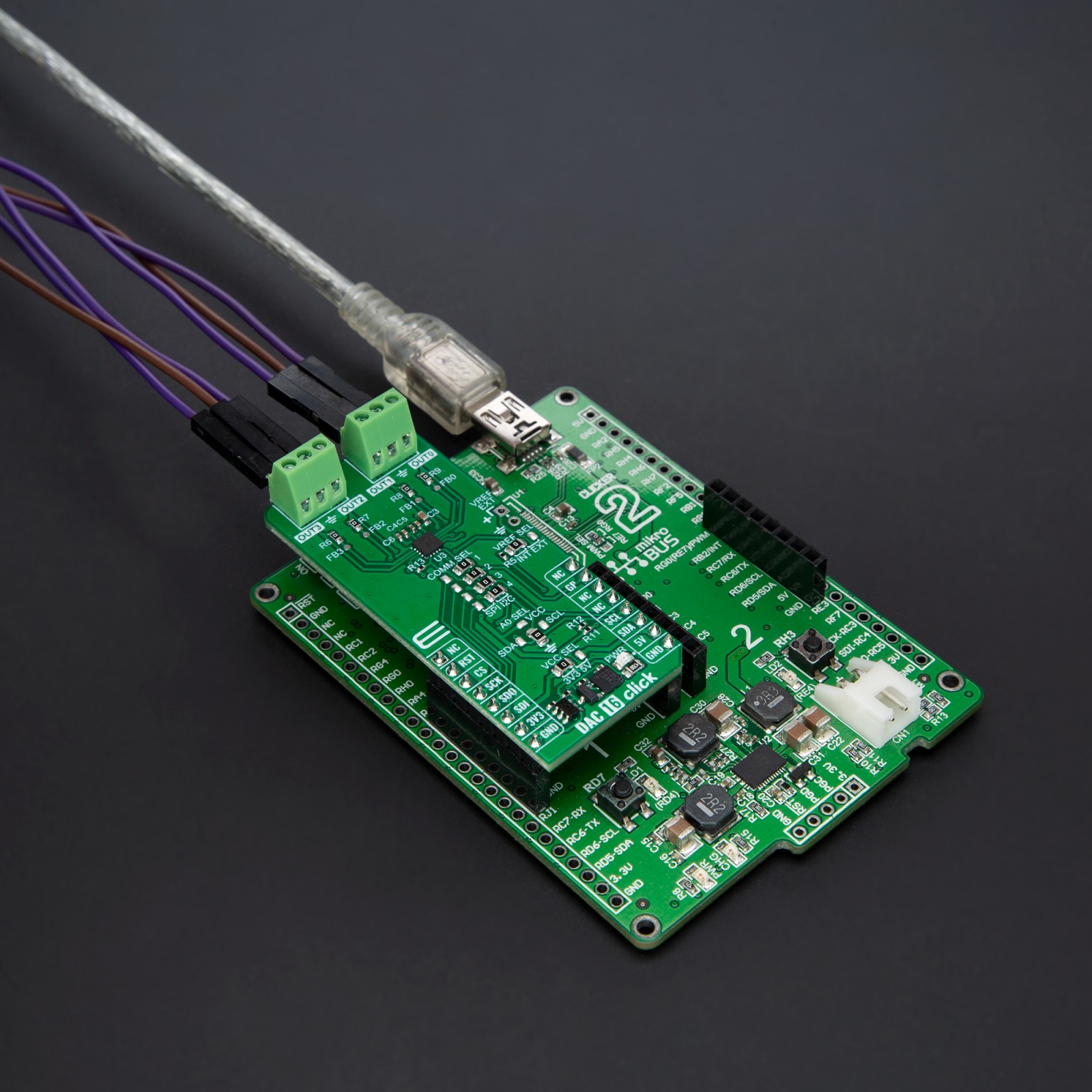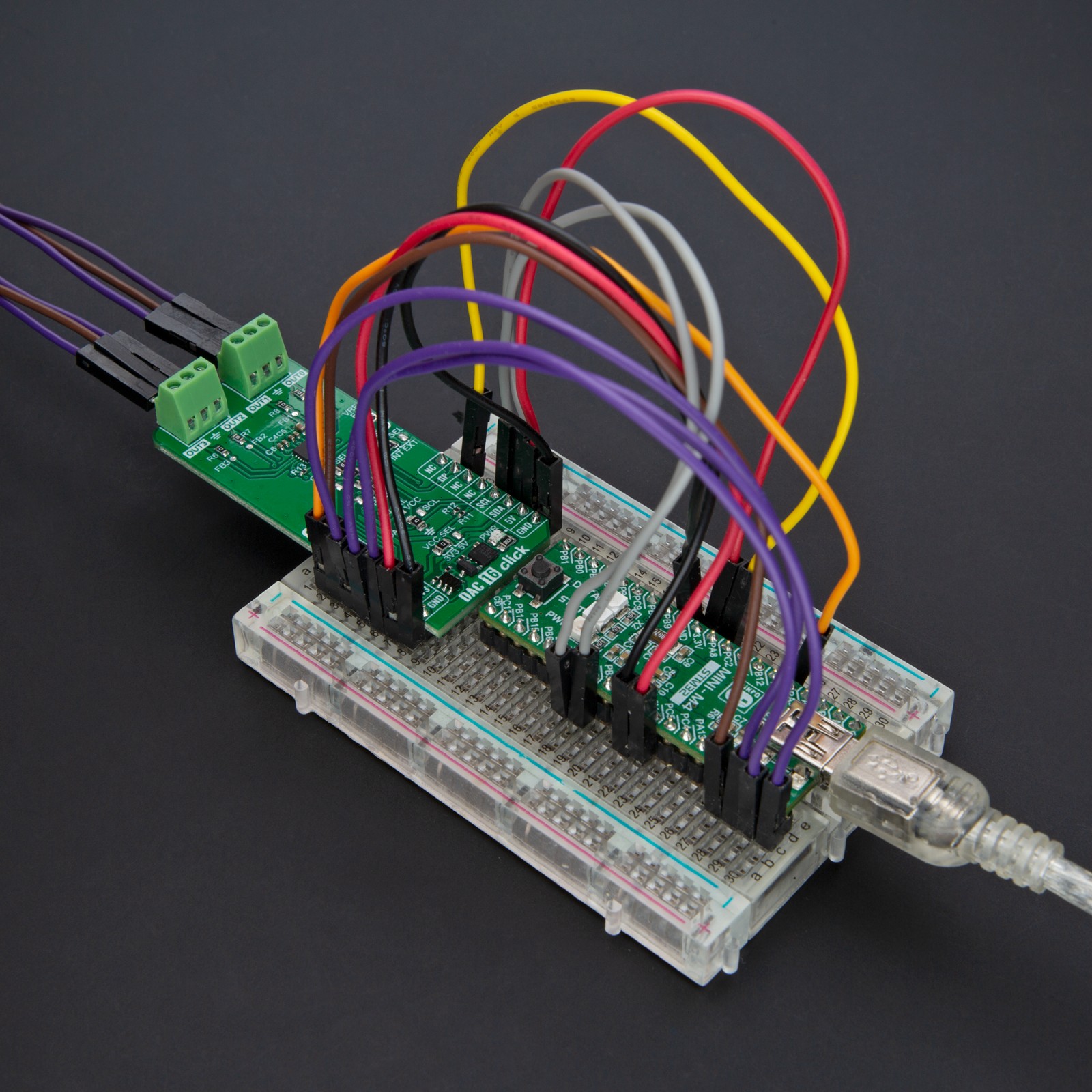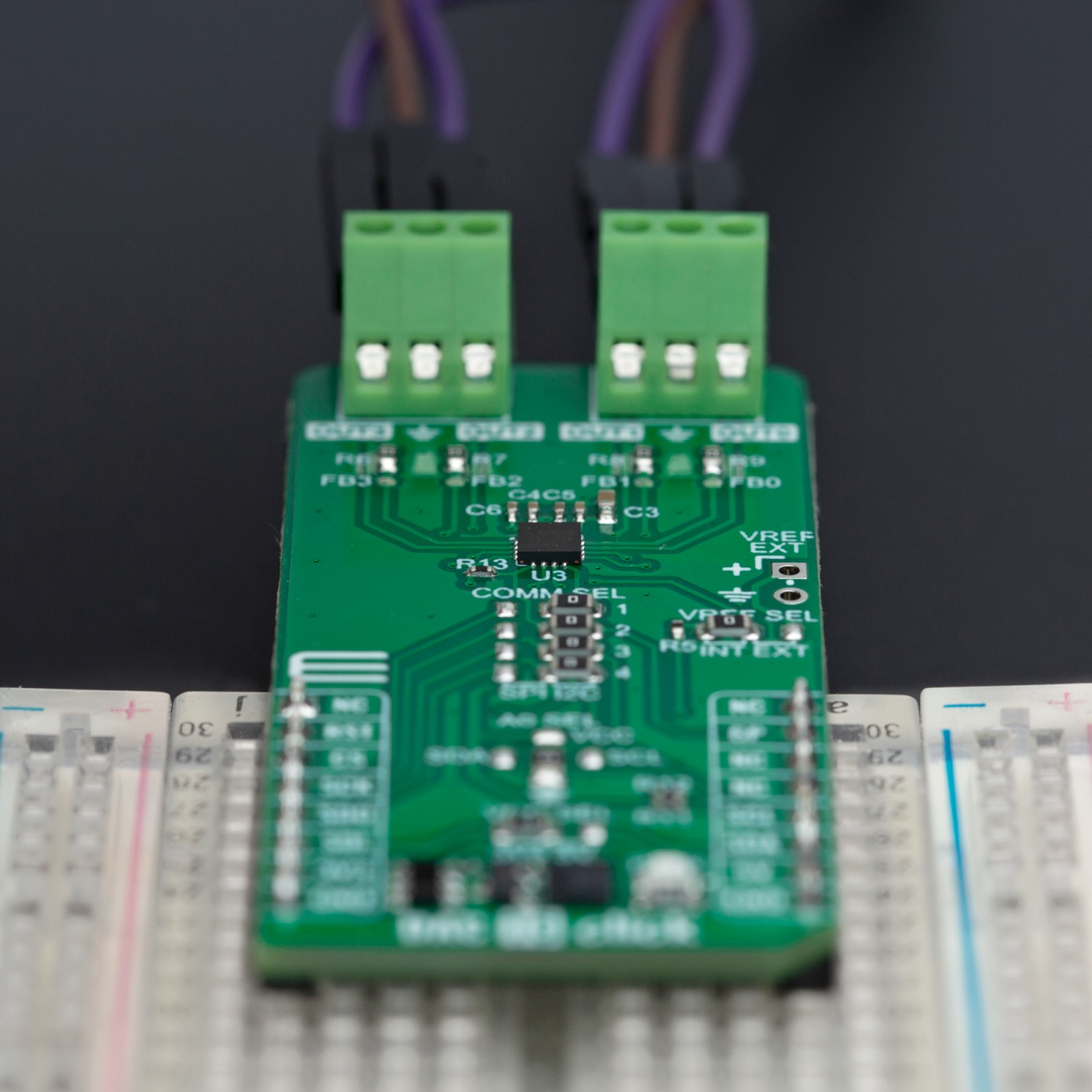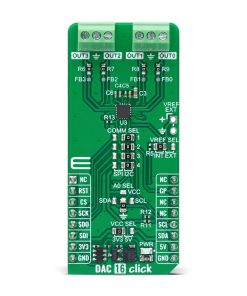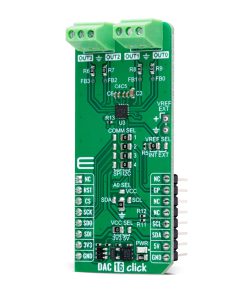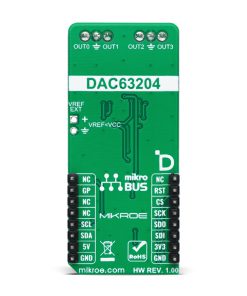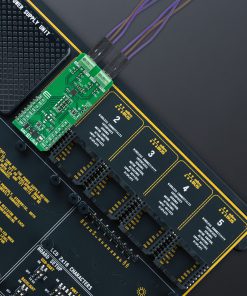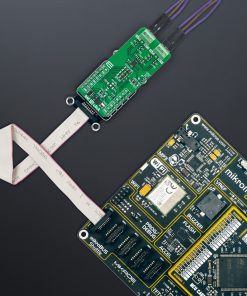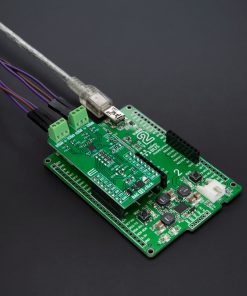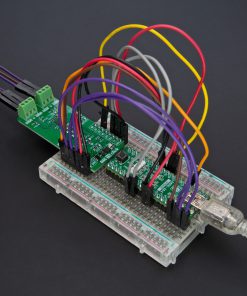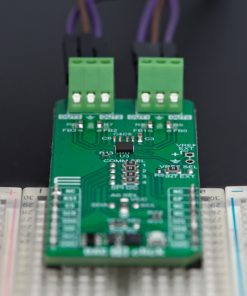-
×
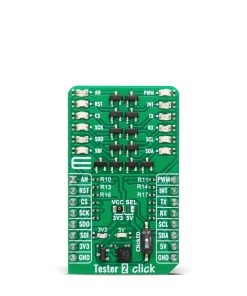 Tester 2 Click
1 ×
Tester 2 Click
1 × R220.00R198.00 -
×
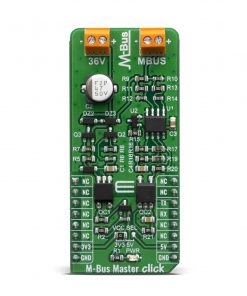 M-Bus Master Click
1 ×
M-Bus Master Click
1 × R330.00R297.00 -
×
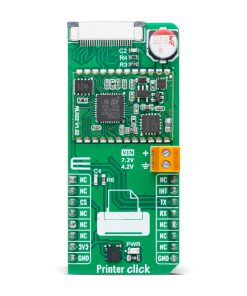 Printer Click
1 ×
Printer Click
1 × R1,150.00R1,035.00 -
×
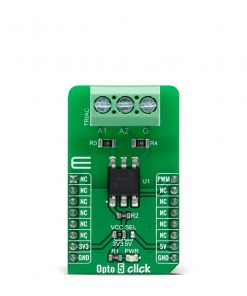 Opto 5 Click
1 ×
Opto 5 Click
1 × R330.00R297.00 -
×
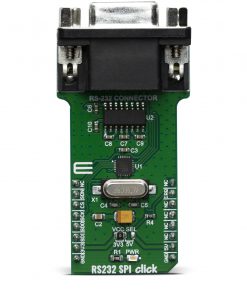 RS232 SPI Click
1 ×
RS232 SPI Click
1 × R645.00R580.50 -
×
 SolidSwitch 8 Click
1 ×
SolidSwitch 8 Click
1 × R275.00R247.50 -
×
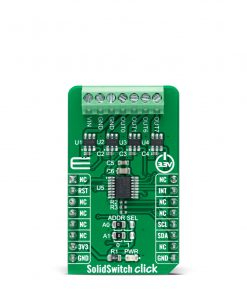 SolidSwitch Click
1 ×
SolidSwitch Click
1 × R775.00R697.50 -
×
 SolidSwitch 6 Click
1 ×
SolidSwitch 6 Click
1 × R535.00R481.50 -
×
 RNG Click
1 ×
RNG Click
1 × R590.00R531.00 -
×
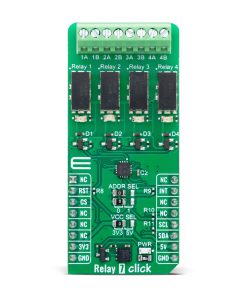 Relay 7 Click
1 ×
Relay 7 Click
1 × R1,500.00R1,350.00 -
×
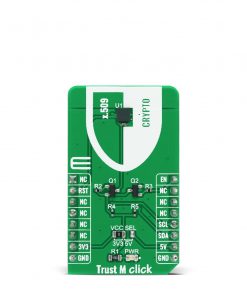 Trust M Click
1 ×
Trust M Click
1 × R185.00R166.50 -
×
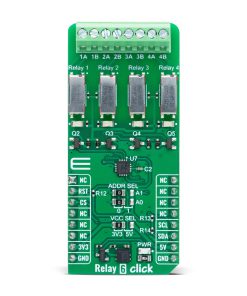 Relay 6 Click
1 ×
Relay 6 Click
1 × R1,700.00R1,530.00 -
×
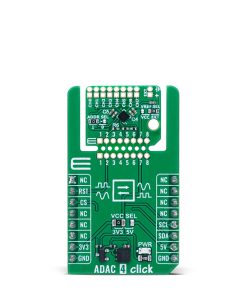 ADAC 4 Click
1 ×
ADAC 4 Click
1 × R535.00R481.50 -
×
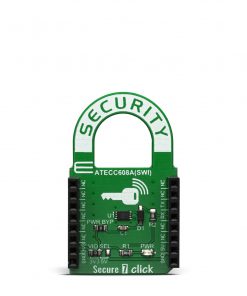 Secure 7 Click
1 ×
Secure 7 Click
1 × R145.00R130.50 -
×
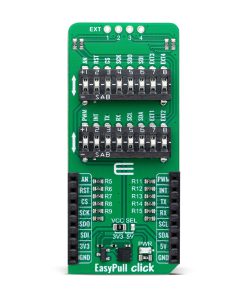 EasyPull Click
1 ×
EasyPull Click
1 × R205.00R184.50 -
×
 ADC 27 Click
1 ×
ADC 27 Click
1 × R1,400.00R1,260.00 -
×
 IPD Click - TPD2015
1 ×
IPD Click - TPD2015
1 × R370.00R333.00 -
×
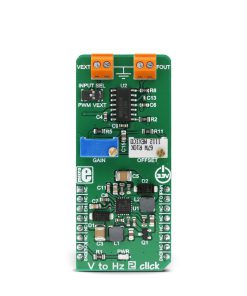 V To Hz 2 Click
1 ×
V To Hz 2 Click
1 × R1,100.00R990.00 -
×
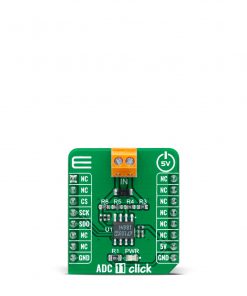 ADC 11 Click
1 ×
ADC 11 Click
1 × R735.00R661.50 -
×
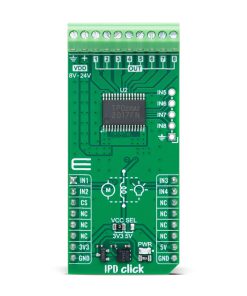 IPD Click - TPD2017
1 ×
IPD Click - TPD2017
1 × R370.00R333.00 -
×
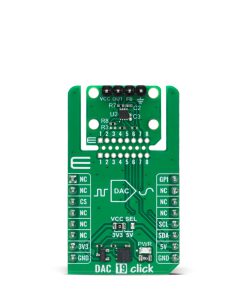 DAC 19 Click
1 ×
DAC 19 Click
1 × R275.00R247.50 -
×
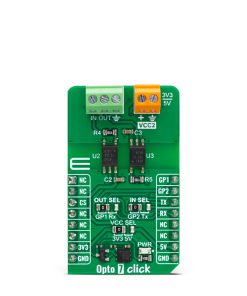 Opto 7 Click
1 ×
Opto 7 Click
1 × R330.00R297.00 -
×
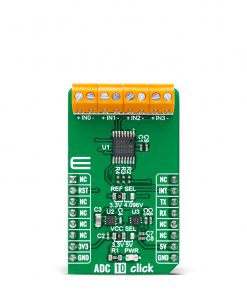 ADC 10 Click
1 ×
ADC 10 Click
1 × R775.00R697.50 -
×
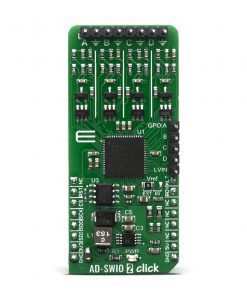 AD-SWIO 2 Click
1 ×
AD-SWIO 2 Click
1 × R1,550.00R1,395.00 -
×
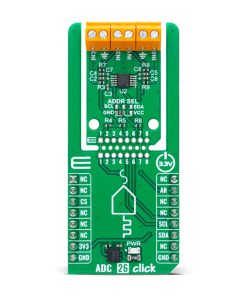 ADC 26 Click
1 ×
ADC 26 Click
1 × R350.00R315.00 -
×
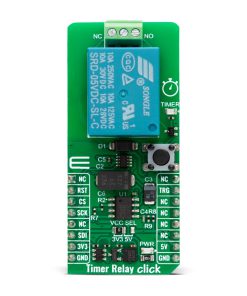 Timer Relay click
1 ×
Timer Relay click
1 × R535.00R481.50 -
×
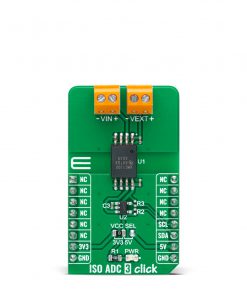 ISO ADC 3 Click
1 ×
ISO ADC 3 Click
1 × R330.00R297.00 -
×
 HW Monitor 3 Click
1 ×
HW Monitor 3 Click
1 × R460.00R414.00 -
×
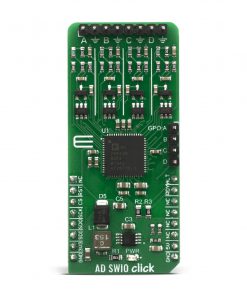 AD-SWIO Click
1 ×
AD-SWIO Click
1 × R1,550.00R1,395.00 -
×
 Zero-Cross Click
1 ×
Zero-Cross Click
1 × R405.00R364.50 -
×
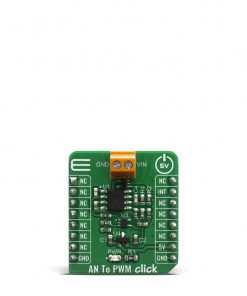 AN To PWM Click
1 ×
AN To PWM Click
1 × R260.00R234.00 -
×
 DIGI POT 8 Click
1 ×
DIGI POT 8 Click
1 × R460.00R414.00 -
×
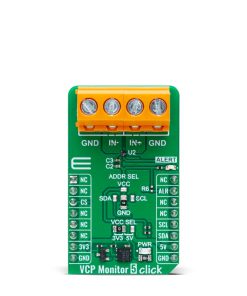 VCP Monitor 5 Click
1 ×
VCP Monitor 5 Click
1 × R350.00R315.00 -
×
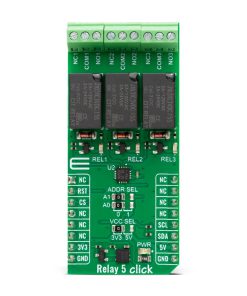 Relay 5 Click
1 ×
Relay 5 Click
1 × R425.00R382.50 -
×
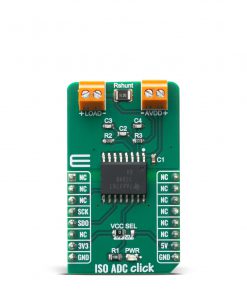 ISO ADC Click
1 ×
ISO ADC Click
1 × R480.00R432.00 -
×
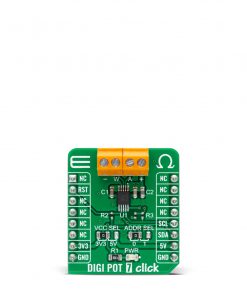 DIGI POT 7 Click
1 ×
DIGI POT 7 Click
1 × R220.00R198.00 -
×
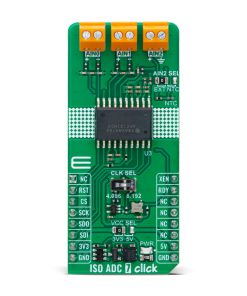 ISO ADC 7 Click
1 ×
ISO ADC 7 Click
1 × R905.00R814.50 -
×
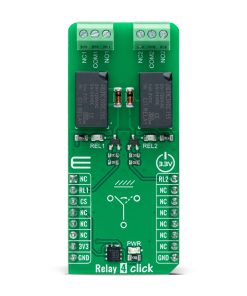 Relay 4 Click
1 ×
Relay 4 Click
1 × R330.00R297.00 -
×
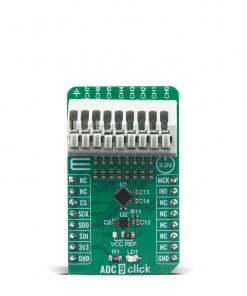 ADC 9 Click
1 ×
ADC 9 Click
1 × R515.00R463.50 -
×
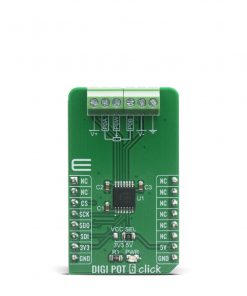 DIGI POT 6 Click
1 ×
DIGI POT 6 Click
1 × R315.00R283.50 -
×
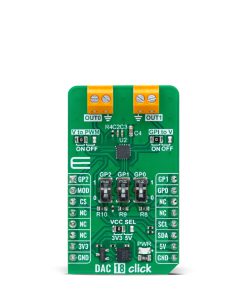 DAC 18 Click
1 ×
DAC 18 Click
1 × R315.00R283.50 -
×
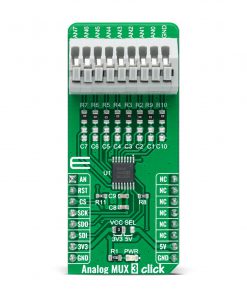 Analog MUX 3 Click
1 ×
Analog MUX 3 Click
1 × R330.00R297.00 -
×
 SE051 Plug&Trust Click
1 ×
SE051 Plug&Trust Click
1 × R330.00R297.00
Subtotal: R22,434.00

